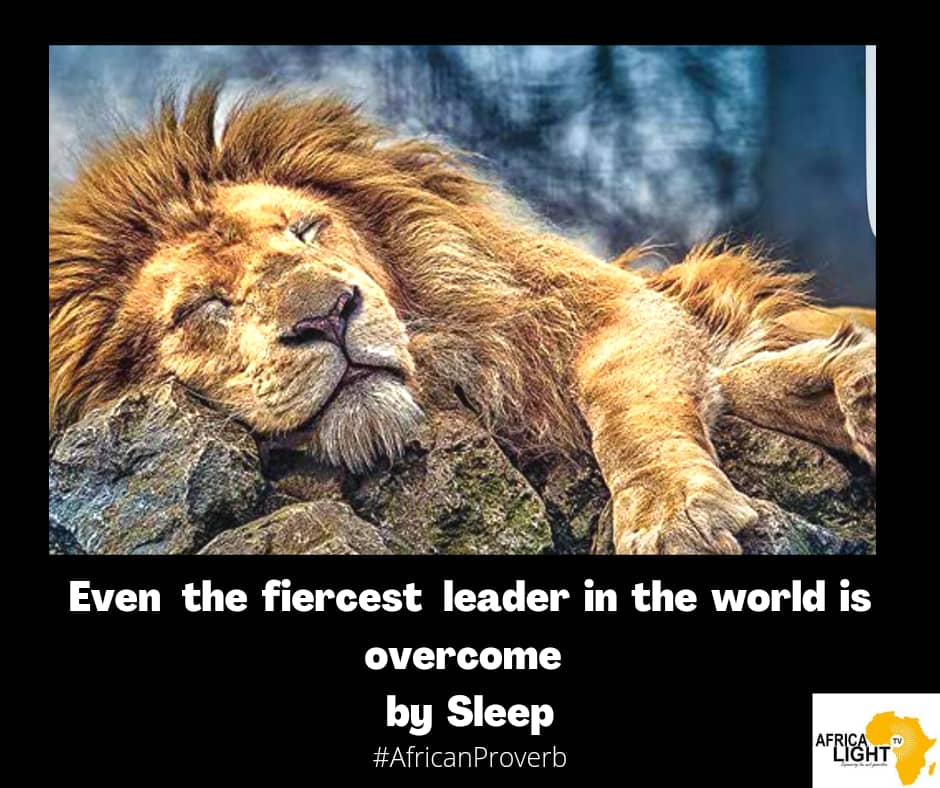The 5 Stages Of Group Development Explained
Содержание
Team members are likely to compete with each other to have their voices heard and their ideas accepted, so progress may be slow. Matrix organization is a newly evolving organization structure which has received considerable attention in the developed as well as devel… Meaning of Organizational Behavior The behavior of an organization shown in buying goods or services is called organizational b… Confront the differences, feel angry or frustrated, and resent formal leadership, lot of competition and hostilities. It is the leader who will have to create a healthy and positive work environment within his team. He can use tools for instance training, discussions and workshops for the development of the team members.

Stagnation is always worse than conflict — instead of maintaining a facade of politeness, it’s crucial that you identify your problems, analyze them, AND talk about them. Stella and Daniel believe the garden is too much work for two people only, so they all decide to sell it. But, one day, Adam gets a job abroad, and Daisy’s job gets her relocated to a different county — they both need to move in a couple of weeks.
As a project progresses through different phases some team members will leave the project, others will join and some will move into new positions within the project. Team members are growing comfortable with one another, and each person’s roles, responsibilities, strengths, and weaknesses are getting clearer. Promote a culture of active listening so that the environment can be non-judgmental and open. Encourage your team to share ideas and opinions through brainstorming sessions.
Team Building: Forming, Storming, Norming & Performing
After a week of acquaintanceship, they realize they all have substantial experience in gardening. They are also overly positive about the project, because it’s new, and new is always exciting. Tuckman only added the fifth and final stage in 1977, together with Mary Ann C. Jensen who had previously reviewed his original paper.
- This stage is characteristics by conflict, confrontation, concern and criticism.
- But, one day, Adam gets a job abroad, and Daisy’s job gets her relocated to a different county — they both need to move in a couple of weeks.
- This conflict is healthy but needs to be managed appropriately.
- Matrix organization is a newly evolving organization structure which has received considerable attention in the developed as well as devel…
- This is the midpoint in the journey when the team has reached high performance.
- Everyone is on the same page and starts working for their common goal.
If the team is focused on their planned tasks, these changes should occur smoothly. However, some teams may not reach this level of interdependence and flexibility. If that is the case, the leader may need to step in to assist the team through these changes. However, generally, the leader is more involved with delegating and overseeing the process during this stage. Note that teams can lapse back into earlier stages when changes occur with personnel or the project itself.
For instance, if the team developed a new work process to improve the customer experience, one of its team members may now have responsibility for overseeing that new and improved process. Team leaders need to make sure that the stronger personalities don’t inadvertently dominate the team and its outcomes. All members should be actively participating before this stage is complete.
Norming Stage
The position of this unofficial leader may also be occupied by the strongest authority figure in the team. At this initial stage, a glimpse of a future project leader may emerge, as the person who possesses the largest knowledge about the project’s subject takes unofficial charge. 1.The Forming Stage — mainly characterized by team orientation. All groups must go through the initial four stages in order to become productive and deliver results. Company Company It started with innovation and engineering services.

Now, these 5 stages are vital to help you anticipate your team effectiveness, i.e. your ability to be efficient and productive with your work, both as individuals and as a group. So, if you are here, according to Edison, group development stages team members are gradually losing the sense of gratification and motivation that they had at the beginning of the Tuckman model. A sign of this is just not turning up to team meetings or even pulling out altogether.
The member of the group start co-operation and develop harmonious relationship among the group members. Group members begin to resolve differences and clarify the purpose of the group and the roles of group members. Their satisfaction level increases as they become familiar with the other members. They begin to learn more about the purpose of the team and the ways to work together. This stage completes after accepting a common set of expectation consisting of an acceptable way of doing things.
Do Not Run Away From Conflicts
Appeared in G2 Crowd Learning Hub, The Good Men Project, and Pick the Brain, among other places. Arrange at least 1 team-building activity, to help people grow closer as a team. Provide extra support and guidance to help team members who are less secure about voicing their opinions and ideas stand their ground.

Some of them get satisfied whether some of other gets frustrated. This stage becomes background for the formulation of new group. As all member know to each other clearly, so some of them form new group. With the formal dissolution of the group formally, this stage will be end. Take the time to allow the team to normalize to get back to the performing stage.
This is when the team is at optimal performance and is able to accomplish tasks quickly because members flow through the process. This is when team members begin to feel comfortable with each other, learns how each operates in a team environment – and begin to share ideas and debate issues. Bruce Tuckman was a pioneer in group dynamics https://globalcloudteam.com/ and developed the theory of team group development. A highly functioning team requires the development of team members as well as the team as a whole. As a natural consequence of it all, your project is bound to progress at a steady rate — mismatched, uncompromising teams can only produce incomplete, confusing projects.
In some cases, this stage is also achieved during restructuring or relocating of a project. It leads to an uncertain time as members are unsure of their future role or the project they will be working on. Team development is an approach where training and support are provided to a group of individuals so that they can work as an organized unit to achieve organizational goals. A team needs to share the same attitude and orientation to balance individual and common goal because only then can they work together and achieve team development.
In some cases, the Norming Stage may often be intersected by the Storming Stage. It may even revert to it unless the team makes the effort to communicate problems, and then learn from these interactions. They’ll split the gardening fees equally, but they’ll split the final products based on the number of people in their families, and their needs.
In a typical Rizing engagement teams are formed and dissolved throughout the project lifecycle hence the ongoing need to provide leadership and guidance. After working through the significant issues, the group begins to coalesce and actually work as a team, supporting each other, and this is known as the Norming stage. During this phase of team building, responsibilities are clearly defined and the team begins to map out a plan to achieve its goals. The team’s leader is more engaged in team building at this stage to make sure everyone understands the plan.
Business Technology Services
It’s important to note that not all groups make it past this stage. The leader must stay positive and coach members in assertiveness and, where necessary, conflict resolution skills. A team leader should be one who can notice issues at the onset and put a stop to establishing any kind of negative norms. The storming stage of the process is very important and the leader has to be extra vigilant in his efforts. He should keep an open communication, practice active listening, observe team members and understand the problems that might pop-up anytime and anywhere.
For instance, a team leader may explain the duration of the project and the desired outcomes in this stage. A team leader may help team members understand the goal of the team as well as potential challenges. These teams of employees work cohesively toward a shared goal by utilizing the diversity of the team members to bring creative ideas and solutions to the project.
Adjourning Stage
Speaking of ends, the Adjourning Stage is the bittersweet cherry on the top of each team and project, and it will happen whether you want it or not. It’s a great opportunity to reflect on your accomplishments and think about what you learned. In addition to handling conflicts, you’ll need to determine workflows, follow them, and constantly tweak and improve them as you go along. In the end, they sell the garden, and go their separate ways, capping off the project as a complete success in every way. If the team members have grown attached to the project, they may even mourn the fact that the project is ending and that they need to move on to work on other projects.
Why Is Team Development Important?
Understand the top 10 reasons why projects fail and how to avoid them. The last stage in the model is called adjourning, which has to do with closing things off and departing on a positive note. There are many emotions and some complications that can come with this, and that’s why I want you to understand it in detail. There are also some ways you can be creative with it, cultivating an environment where departing the project doesn’t happen hastily. Patrick Linton is the co-founder & CEO of Bolton Remote, where he helps fast-growing companies build global workforces to scale processes and tech.
Team Differences
The behavior of an organization shown in buying goods or services is called organizational buying behavior. It is in this stage that the team begins to operate effectively and gains momentum in completing tasks towards accomplishing the team goal. The team also needs a strong team leader who helps direct and keeps the team to task. This team lead works with the group and develops them into a functioning work machine.
The initial excitement and politeness are often replaced by anxiety, annoyance, frustration and disagreements. People come to realize that reality is very different from the initial glow of working together harmoniously. The storming stage of team development is significant as the leader has to step up and sort out all the issues. He will have to ensure that every member develops better understanding and communication and gives his hundred per cent for the welfare of the team. All the five stages of team development follow one another in order so that individuals can become an effective team that can mitigate weaknesses and enhance strengths. According to Tuckman’s theory, a team cannot develop overnight.
This can make team members uncomfortable to a point where isolation can occur and the team can fall apart. This is when the team first meets each other and is on their best behavior. As part of a new group, individuals seek acceptance from their new teammates and try to develop bonds through common interests.
Tuckman suggested that the stages a team goes through are the critical pathway for teams to collaboratively produce work to the best of their ability. Are you striving for successful projects, but get overwhelmed figuring out what elements of project management to focus on for the best results? In the Fab Five Fundamentals of Project Management, you’ll learn the five things you need to do on EVERY project to bring it to success. The only 5-hour on-line course that teaches you the PRACTICAL side of project management.
Leaders need to be prepared to effectively coach team members by validating their concerns and providing tangible resolutions. They need to setup an effective process to resolve conflicts that will arise during this stage. If team members exercise understanding, tolerance, and patience, they have a great chance of making it through the most difficult stage. This stage is marked teamwork, interdependence in personal relations, problem solving, role clarity and task accomplishment. This stage is highly task oriented and there is unity in the group.
The group gains its identity, group morale is high and group loyalty is intense and becomes productive. In this stage, conflict is identified and resolved through group discussion. The members of the group are aware of group’s processes and the extent of their own involvement in the group.


